Affiliate links on Android Authority may earn us a commission. Learn more.
A eulogy for iTunes, and the MP3 era
Published onJune 10, 2019
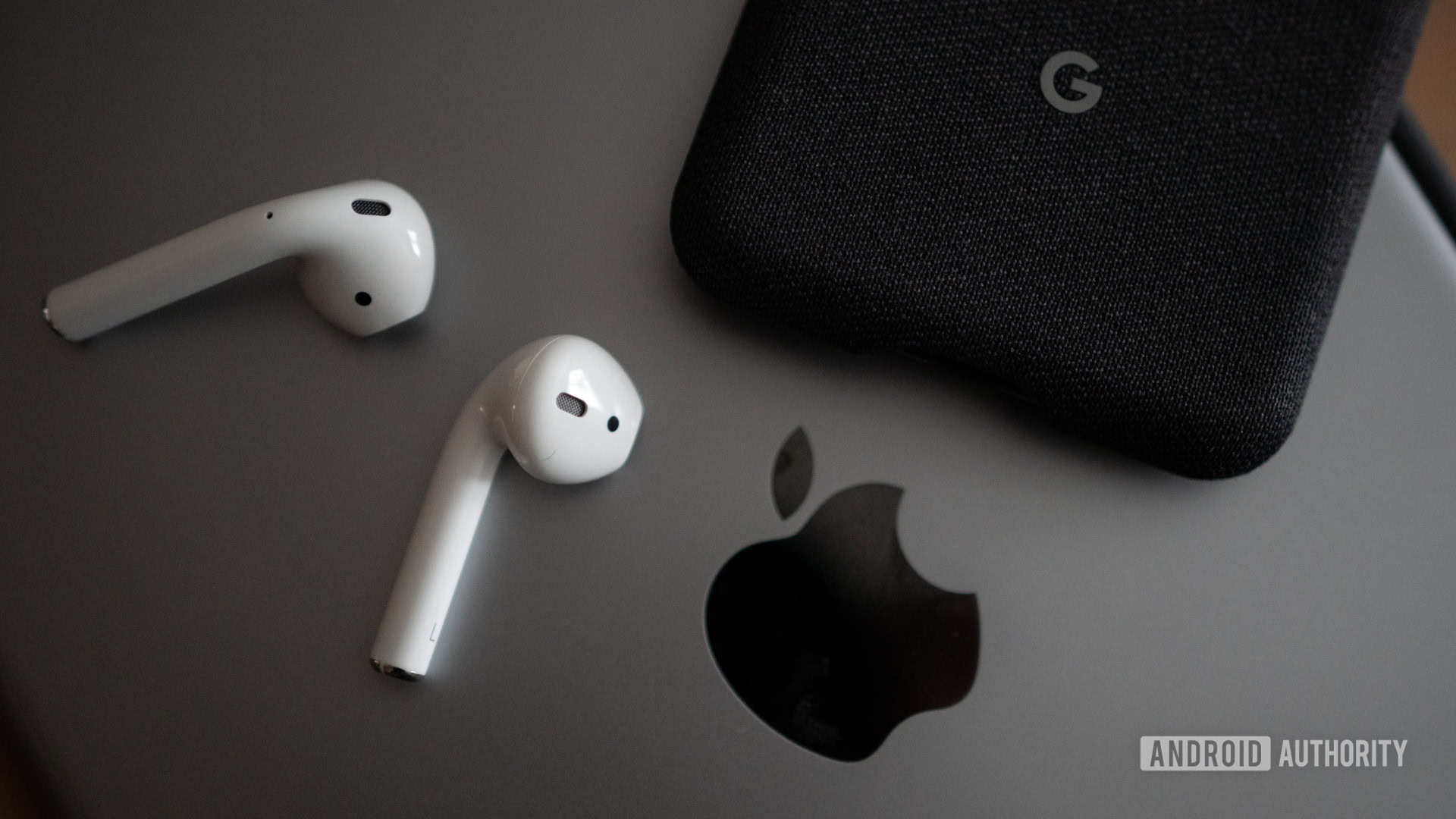
With Apple killing off iTunes at this year’s WWDC, it’s worth noting that this marks the last major cornerstone of the MP3 era meeting its end. It’s bittersweet in a way. I have nothing but terrible memories of iTunes — but now that Minidiscs, CDs, iPods, Napster, MySpace, portable hard-drive music players, and even record clubs are now either dead or unrecognizable — it feels like a big part of my life is finally over.
iTunes was the catalyst for the MP3 era
While Android fans may not really care so much about one of Apple’s most maligned-yet-somehow-successful businesses, it’s important to note that iTunes is the reason why MP3 so quickly won the last format war. Back in the early 2000s, the MP3 player market had exploded overnight, but sustained legal action by content creators made the prospect of MP3-playing hardware contingent on an affordable legal means to acquire the digital music.
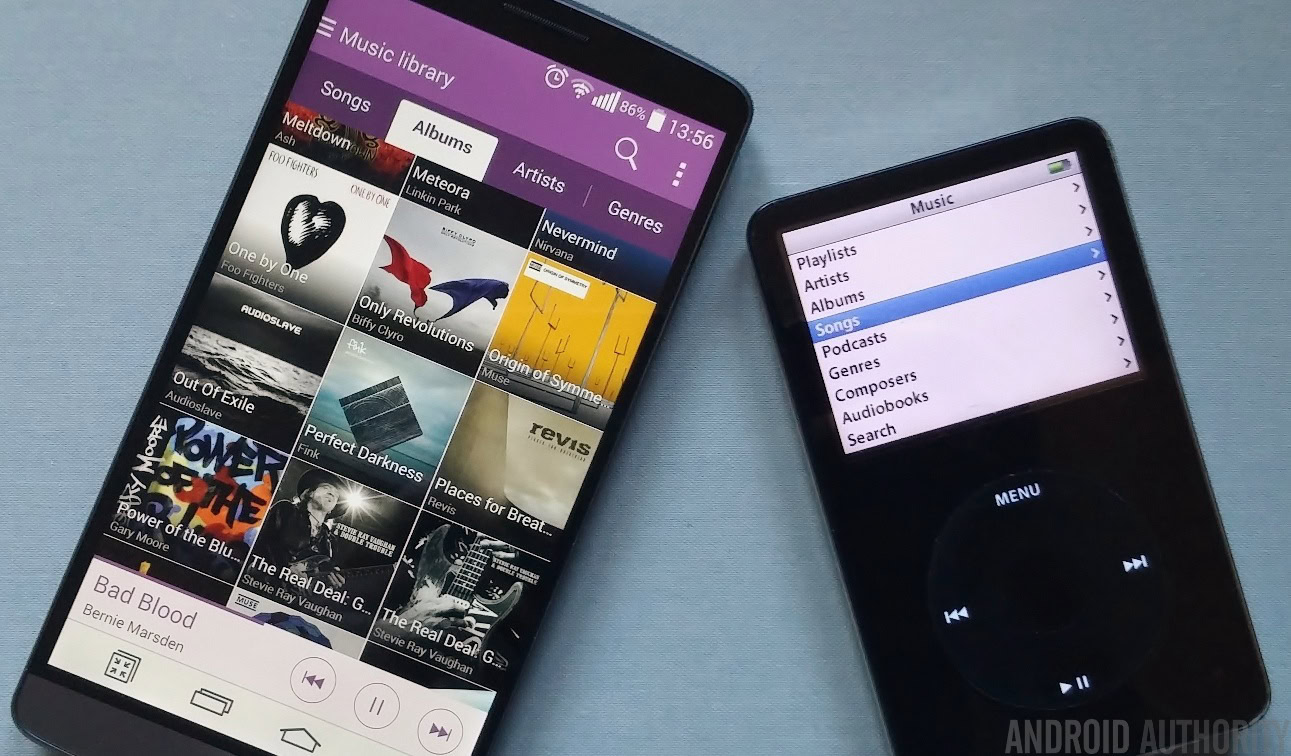
Piracy was extremely popular in the early days of the MP3 revolution, but the only way to really make money off of the phenomenon was to make an MP3 player — something that an MP3 user could actually, y’know, use to listen to their music. A slew of these devices were released, and after the Recording Industry Artists of America lost its suit against Diamond for their MP3 player, the floodgates were opened for device manufacturers to cash in.
However, that decision didn’t protect file-sharers. While Napster, an online peer-to-peer (P2P) file sharing service, was the preferred mechanism for many to get their tunes, there weren’t many ways to legally get access to music in this format. It was a market void that would handsomely reward the first service to make a legitimate marketplace.
From 2001 on, Apple was the biggest name in direct digital downloads until other players like Amazon and MySpace matured as distribution platforms.
Napster only survived until 2001 before getting shuttered by legal action, but the demand for digital music wasn’t going to go away: it was a far superior format to the CD. So Apple, seeing the opportunity to corner a new market currently populated by smaller vendors did exactly that by releasing the iPod and its required legitimate marketplace: iTunes.
By providing a digital music player with compatibility with both Windows and MacOS and a market for digital music that wasn’t insanely-priced, the iPod (with required software iTunes) was a fast hit. From 2001 on, Apple was the biggest name in direct digital downloads until other players like Amazon and MySpace (yeah yeah, I know) matured as distribution platforms. However, as you needed iTunes in order to operate an iPod for many years, it was a monolith in music publishing. Apple was the company responsible for getting America hooked on legitimate digital music downloads in the 2000s.
Even though the MP3 was the superior format to physical media, it never really reached the levels of dominance the CD ever did. While that’s due in part to the fact that it was released alongside its eventual successor, the other issue is that buy-to-own is almost always more expensive than a subscription service. We saw it with digital movie content, and music followed suit very quickly.
Cause of death: Streaming
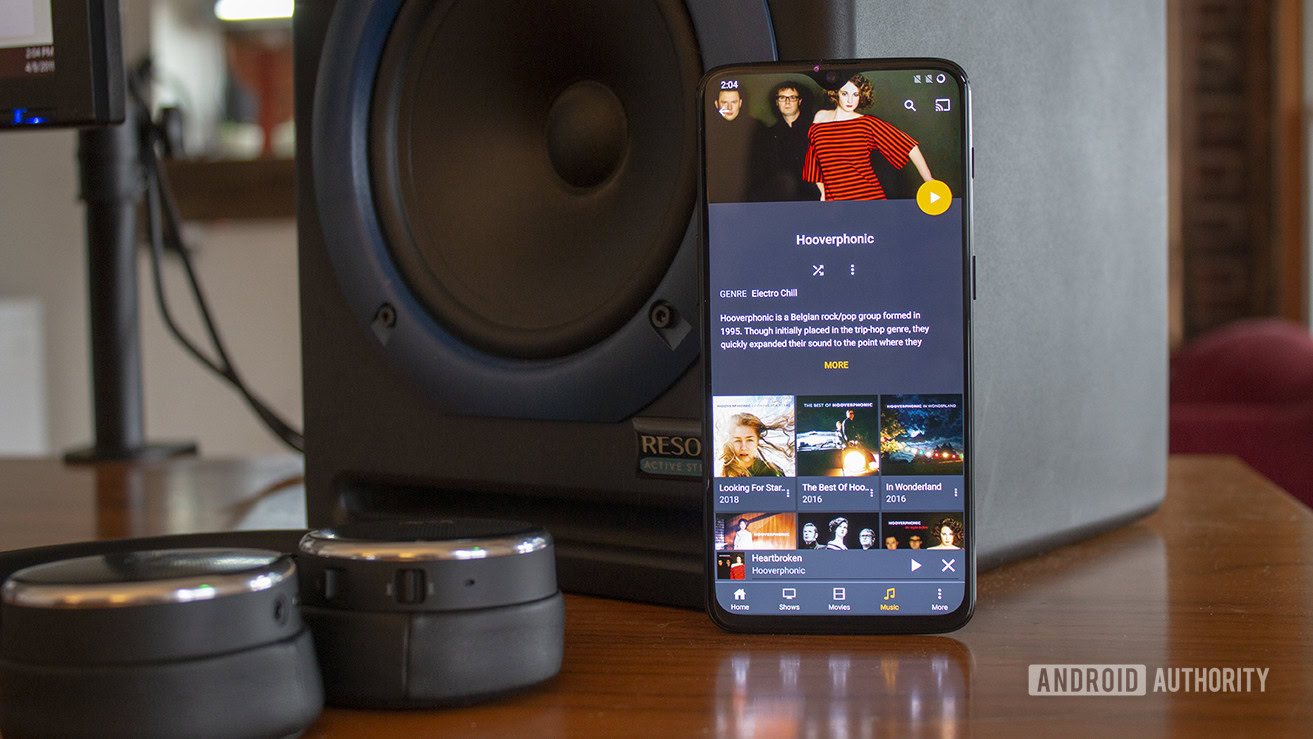
Before we go any further, it’s worthy of note that Apple behaves much more like a financial giant than a tech company. While it doesn’t necessarily play the market in ways you’d expect, it definitely are keen to push the market around in order to get ahead. That’s pretty standard behavior for any market leader, but as Apple is so huge, it’s able to carve its own path a bit. For example, killing the headphone jack was a primarily money-based decision.
Don’t miss: The best wireless headphones of 2019
Anyone keeping tabs on the music industry could probably have seen the death of iTunes coming a mile away. I say that because streaming music has almost completely eaten downloaded music’s lunch, and it finally killed off the CD as the dominant format people use to listen to music.
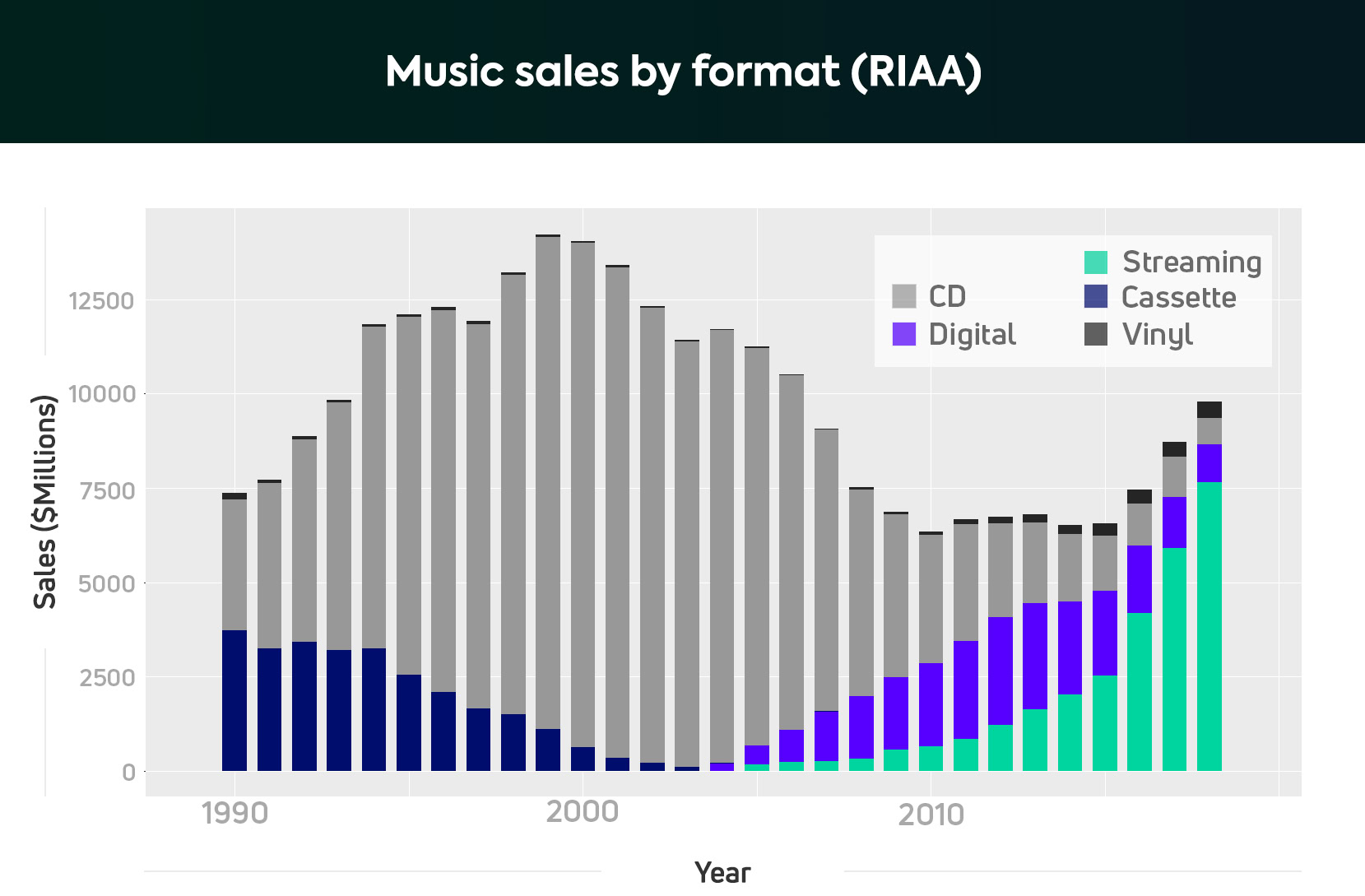
According to data provided by the Recording Industry Artists of America (RIAA), streaming music is taking off like a rocket. From 2015 to 2018, revenues from paid and ad-supported streaming services ballooned from $2.3 billion a year to $7.4 billion. When you consider that digital downloads declined from $2.3 billion to $1 billion in the same time period, it’s clear that the money just isn’t in download-to-own anymore. Ever the market-conscious entity that Apple is, iTunes’ days were numbered.
It’s a little strange that people seem to prefer streaming to owning music, but alas, the convenience is hard to deny. No more storage issues, no more cluttered shelves, no more restricted access to music. It’s all there at your beck and call. The library of Alexandria, right in your pocket.
iTunes is survived by the iPod, also near death
While it’s interesting to note that iTunes is gone, the iPod isn’t, oddly enough. But that too is going away. Here’s the death of the iPod in one chart:
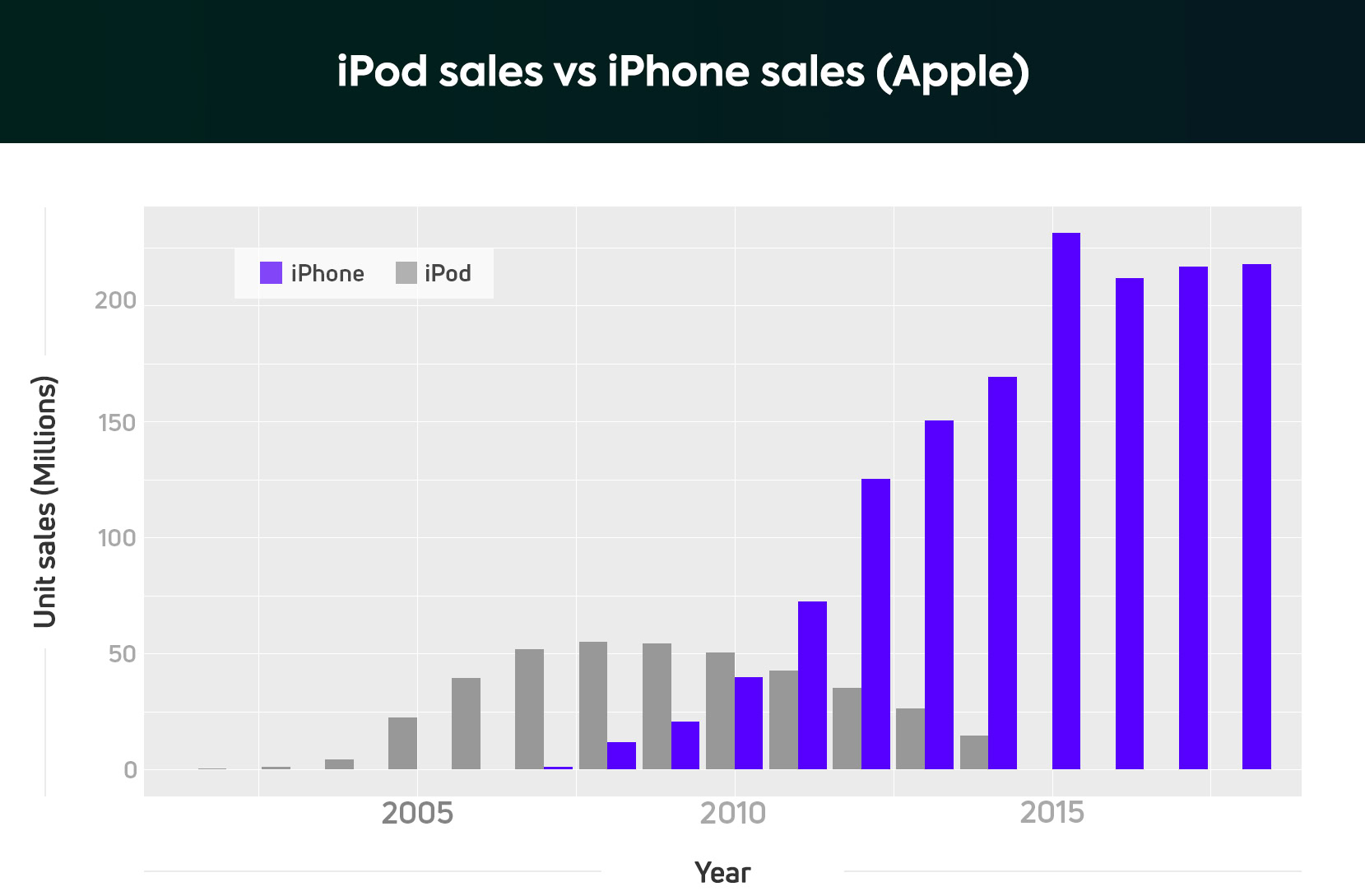
Smartphones, like it or not, have completely eaten the MP3 player as a category. Once the iPhone was released in 2007, sales of the iPod started to plummet as the phone ate up the demand for a standalone portable music player. And why wouldn’t it? It could play music over your headphones, and there was almost no functional difference between the phone and the iPod Touch as far as music consumption was concerned. While Apple released a new iPod this year, it’s clear it’s probably not going anywhere.
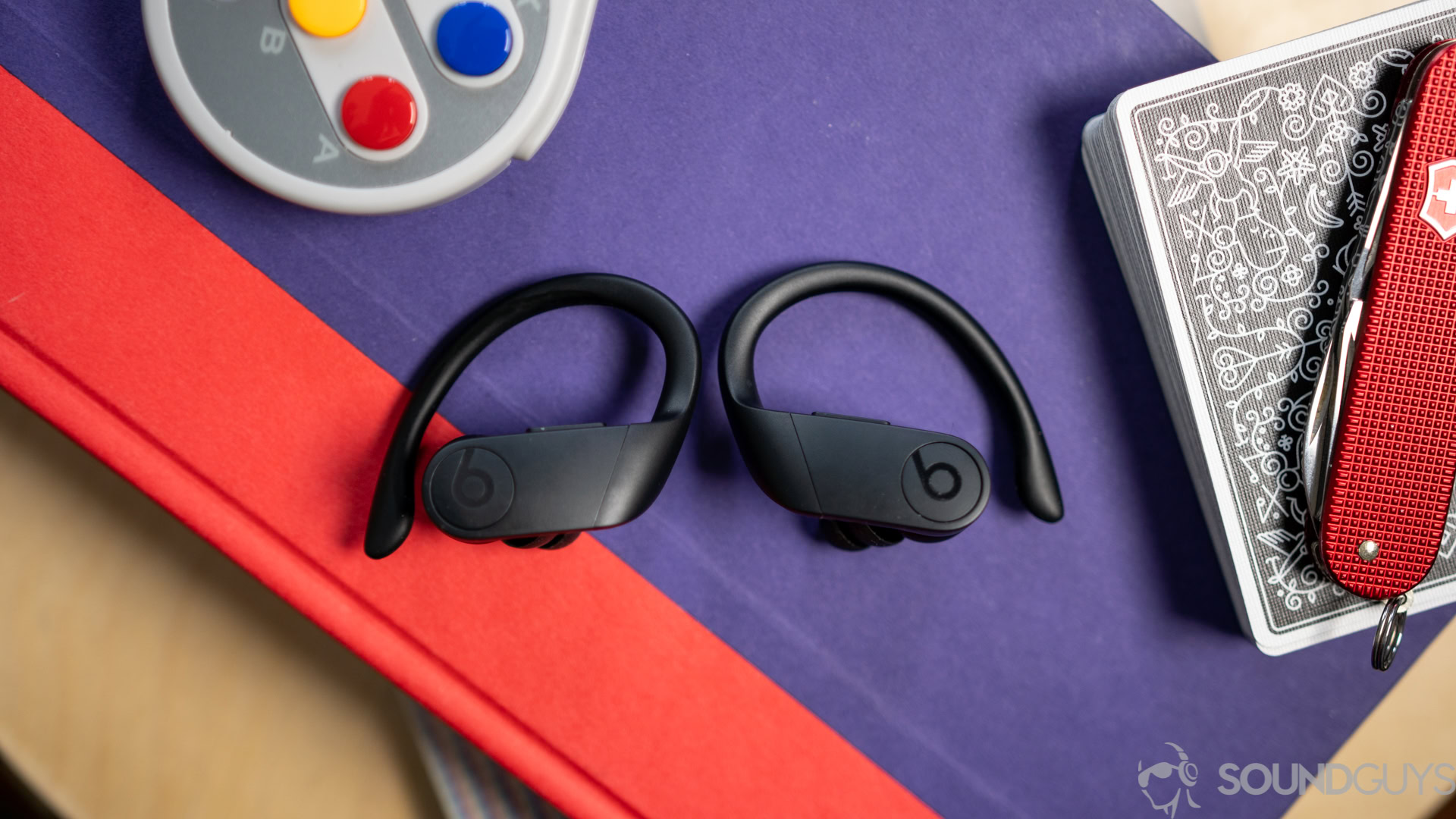
Now that the primary vehicle for iTunes usership is almost completely gone, its utility was left to its content platform. As streaming services like Spotify, Google Play Music, and Amazon Prime Music hit the scene with better user interfaces and sharing options, iTunes was on its way out eventually. In 2013, looking for the door on iTunes, Apple bought Beats.
At the time, people were scratching their heads at the blockbuster sale of the industry’s most profitable headphone company, but it makes sense. If you don’t want to watch the whole video above, you should know that the sale wasn’t primarily for hardware: it was due in part because Beats owned a streaming service called MOG that would eventually become Beats Music, the backbone for Apple Music.
Beats owned a streaming service called MOG that would eventually become Beats Music, the backbone for Apple Music.
By purchasing a more mature solution outright for 3 billion dollars and change, Apple cut a lot of development time and gained a big headstart on the next dominant format in consumer audio before their former cash cow died completely. At the time, iPod sales had dropped to under half of what they were at their peak, while iPhone sales were skyrocketing. Investing in streaming was the right call then, leading us to today. Remember when I said that Apple is more like a financial firm than a tech company? Yeah, this is the kind of thing I’m talking about.
So what’s next?
We can’t tell whether streaming will continue growing, but I should point out that digital files aren’t dead yet. In fact, they’re very much alive in the same kinds of communities that made MySpace a haven for musicians. SoundCloud, Bandcamp, and other services have opened the door for many self-published artists to monetize their tracks, even if many will then also allow their music to be streamed. Additionally, other formats like vinyl and cassettes are making an unexpected (but very very minor) comeback.
With 5G on the horizon, it’s not crazy to assume that streaming will remain the dominant format for music consumption for a long time, specifically because enhanced data transfer rates are going to make buffering and quality loss far less likely. Container files will change, services will grow and die, and even broadcast standards will change as time goes on. However, it seems to me the format wars are dead for a long time: subscriptions are here to stay for the near future.